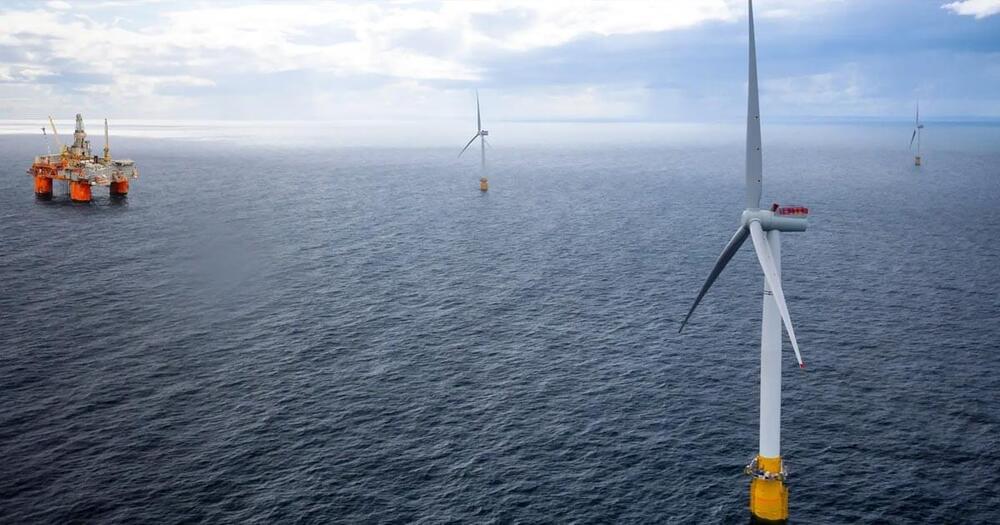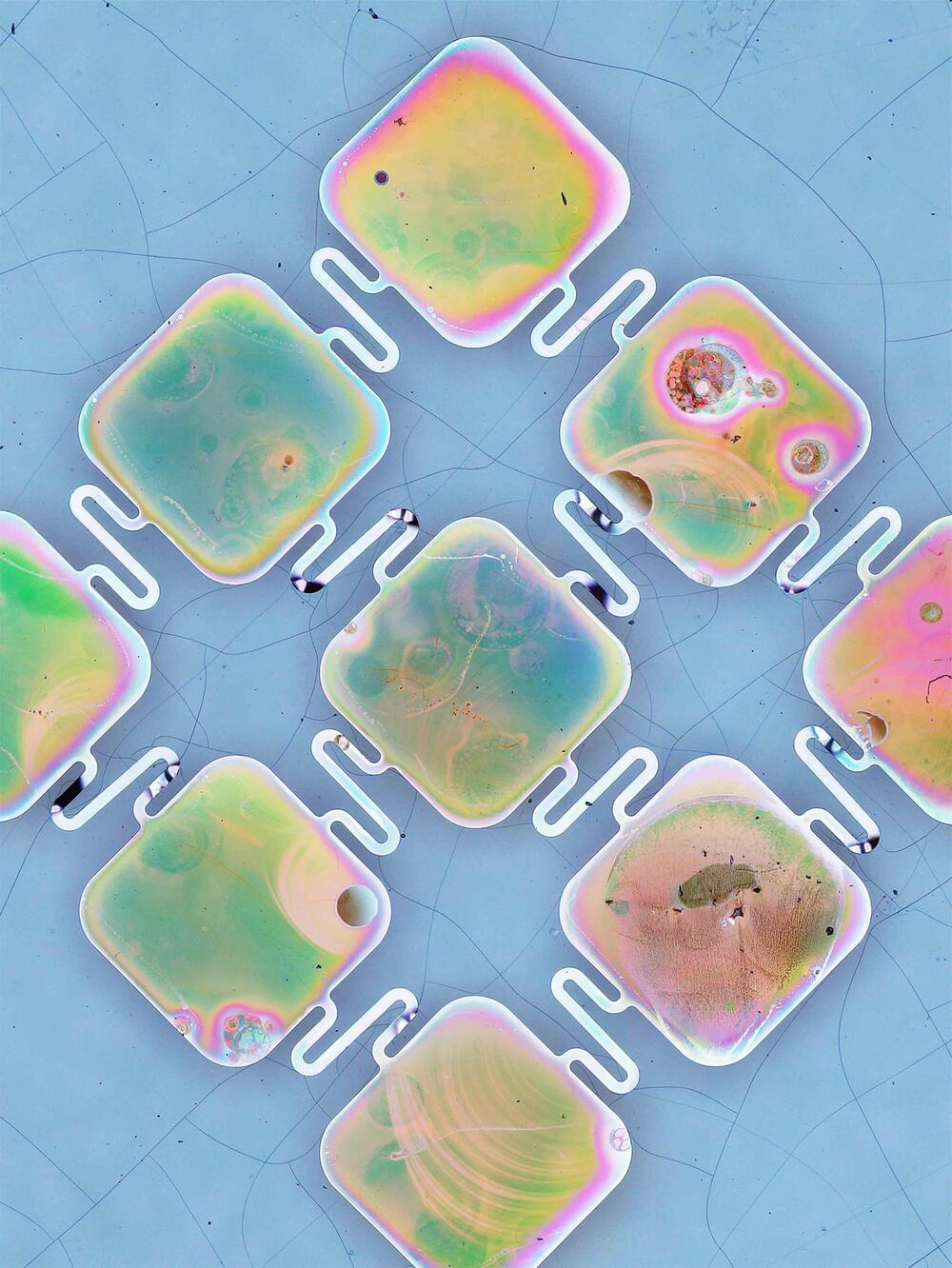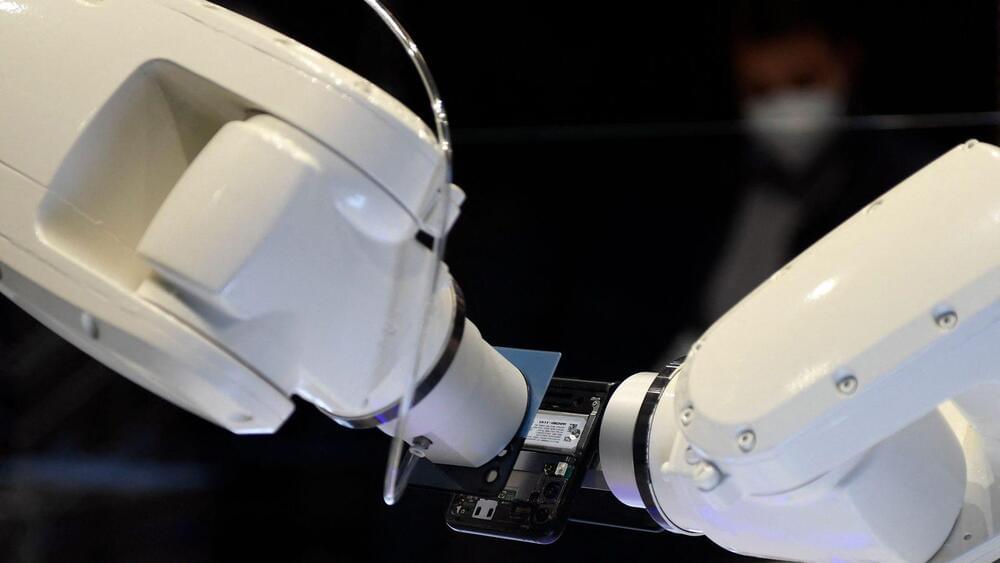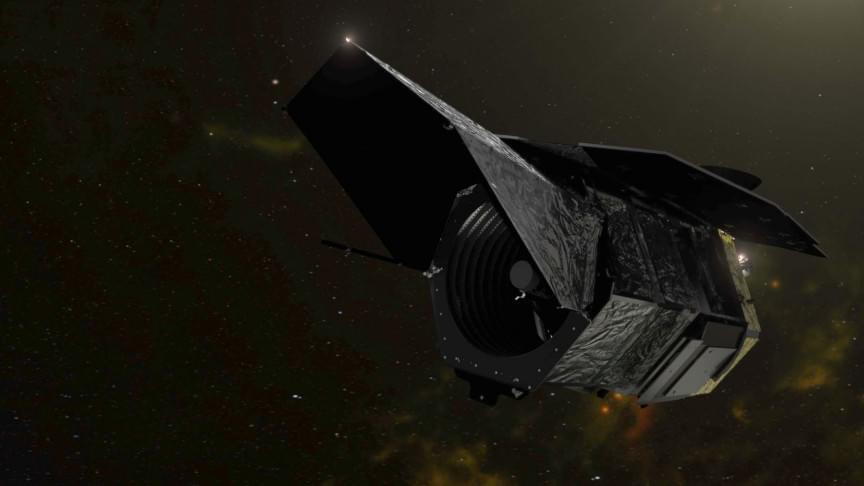
Elon Musk and his Starlink Internet service, according to a US general, are responsible for keeping Ukrainian communication links up despite Russian attempts to shut them down. In a June 8 Politico piece, Brig. Gen. Steve Butow, head of the space portfolio at the Defense Innovation Unit, the Pentagon’s Silicon Valley tech outpost, said: “The strategic consequence is that it completely devastated [Russian President Vladimir] Putin’s media campaign.”
“He has never been able to quiet (Ukrainian President Volodymyr) Zelenskyy to this day.” Elon Musk, the billionaire entrepreneur, and his SpaceX firm are working on a satellite network and Earthbound receivers that will beam the Internet throughout the world, reaching locations that previously couldn’t access high-speed internet. The messages going between Earth’s receivers and a “constellation” of satellites flying approximately 342 miles above the surface, according to the business, are quicker than fiber-optic networks and can reach more distant parts of the world.
Musk sent the equipment to Ukraine in March after authorities there requested them after Russia’s incursion on February 24, according to the Washington Post. “While you try to colonize Mars — Russia try to occupy Ukraine! Russian missiles strike Ukrainian civilians while your rockets successfully land from space ” Mykhailo Fedorov, Ukraine’s Vice Prime Minister, sent Musk a tweet on February 26. ” We request that you deliver Starlink stations to Ukraine and address sane Russians to stand.”









